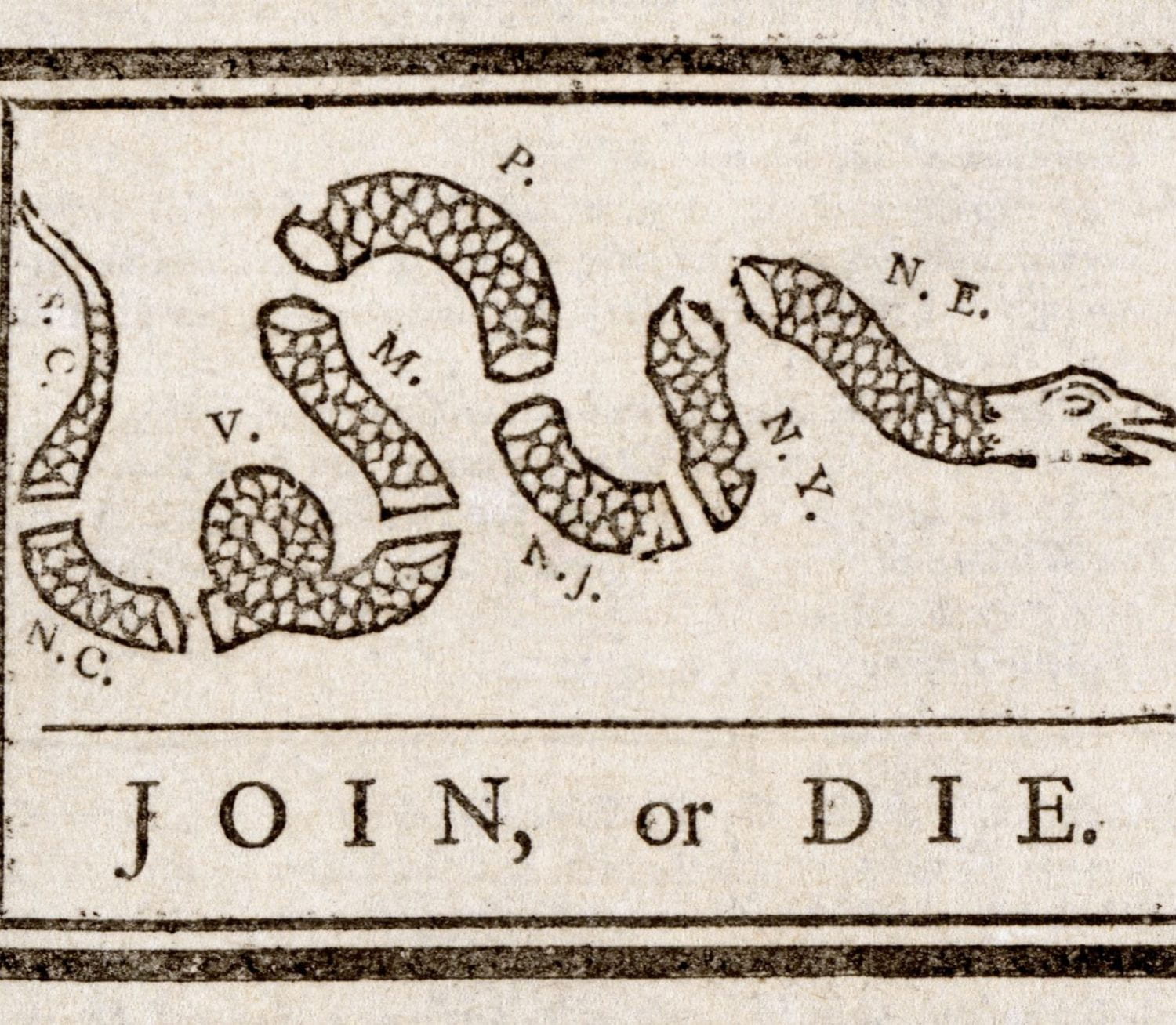By: Dahlia Watson
Today I visited the Old Exchange and Provost Dungeon on East Bay Street. The Architecture of the building was magnificent, representing a Georgian-Palladian design which showcased the significant wealth of its original owner. The large and informative posters on the top floor really captivated my attention. They provided information about historically significant Charlestians such as Rebecca Motte, remembered as a revolutionary war hero, and Benjamin Boseman, the first African-American Postmaster in Charleston. Additionally, there was a lot of information relating to the Transatlantic Slave Trade, positioning the Old Exchange building as a common slave auction in the heart of Charleston. I was extremely interested in a display box (although I wasn’t able to get a picture of it, sorry!!) which contained artifacts of enslaved persons. Within this box there were small metal tags which were attached to the enslaved people to indicate who they belonged to. Along with small metal tags that were indicative of a “free colored.” I was astonished to discover that free blacks lived on the Charleston peninsula and that even though they were free they still had to wear a little metal tag, similar to a dog tag, to indicate that they were not owned by other human beings. Also within this display box, two small rusted metal chains and a ovular metal band reveal the cruelties faced by enslaved persons in Charleston. The description of the ovular metal band denoted it as “slave collar” which was used as a torturing device while functioning to reveal which slaves were seen as dangerous or at risk for an escape.

I have seen photos and artifacts like this before but it never ceases to amaze me. I am blown away by the immense degradation of one race for the complete comfort and luxury of another. The dingy, rusted metal chains inside of the beautifully exquisite architecture provides a very subtle clue on how early Charlestians became so wealthy and how they were able to sustain resources to fund the Revolutionary War. Seeing these artifacts made me very curious to know how enslaved persons were feeling during the time of the Revolutionary War and if they were aware that their labor was contributing to a war to keep them enslaved. Additionally, I was thinking about our discussion in class yesterday about Thomas Jefferson. What should we do with this history? Yes, as interesting as it was to see these artifacts on display and walk through the walls of where some of the most important decisions relating to the state of South Carolina were made, it all still feels a little too glorified. While the only thing we can do with history is study it to prevent it from occurring again, I feel as if these displays almost serve to desensitize our understanding of slavery in South Carolina. Perhaps it’s the portraits and letters written to, for, and about white men that hang and linger over these metal torture devices, unfit for our pets, but used on human beings. Perhaps it’s the busy, rambunctious tourists filing in and out, quickly gazing at human slave collars and casually scrolling to the next contextual piece in attempt to understand what that contorted piece of metal was. While artifacts provide tangible evidence of our troubling past, literature provides detailed and reflective accounts of the sentiments and perspectives of people from the past. Until the limited amount of African American literature that we have (due to laws preventing slaves to learn how to read and write) finds a home on modern syllabi this history of our past will continue to stay locked up, on display and separated from our comprehension. 
